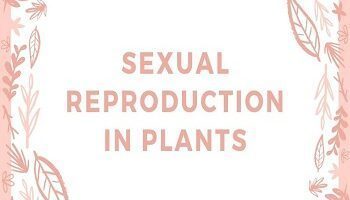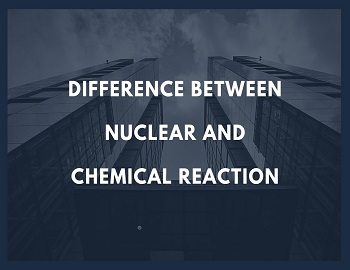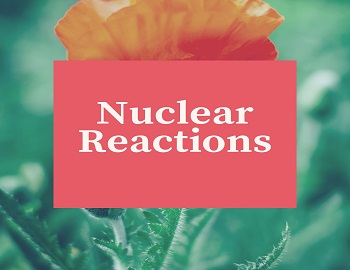Table of Contents
Noise Pollution:
| Noise Pollution is a direct result of technological development. Noise, with its ever-increasing effects on human beings and on the environment, is defined as an acoustic fact which is unpleasant and arouses disturbing feeling or as the totality of unwanted, undesired sounds. The human ear is constantly being assailed by man-made sound from all sides, and there remain few places in population areas where relative quiet prevails. What do aeroplanes, trains, cars and pneumatic drills, and radio and television sets have in common? They all produce noise, the most dangerous pollutant of man’s environment. Noise has become a permanent part of our lives these days because of the development of machinery, industry and technology. Noise harms the body and mind. Noise not only cause irritation or annoyance but it constricts your arteries, increases the flow of adrenaline and forces your heart to work faster. The word noise (Latin nausea) is usually defined as an unwanted or unpleasant sound that causes discomfort. Noise is also defined as “wrong sound, in the wrong place at the wrong time”. Noise pollution means, “the unwanted sound dumped into the atmosphere leading to health hazards”. Even if noise is not sufficiently loud to constitute a direct threat to human health, continuous exposure to noise shortens human beings sleeping hours and reduces their productivity. The decrease in productivity affects both city dwellers and people who work in factories or in industrial areas. In China, till the third century BC, noise was used as a method of torture instead of hanging men for the dangerous crime. The importance of noise as a pollutant having a deleterious effect on the peace of mind and beauty of the environment is increasing every day. Formerly noise was limited only to the industry. This too was not much as there were only a few industries. These days there has been rapid industrial growth. Moreover, there has been a population explosion, due to which there is heavy traffic, urban crowd and electric equipment (luxury items and entertainment). All these have added to the noise nuisance in the environment. In our country, besides these the two other factors are the religious and social functions, which increase the gravity of the situation. |
Sources of Noise Pollution:
| We listen to various sounds in our environment which are produced by a variety of sources and create noise pollution. Some of the important sources of noise Pollution in homes, industry and transport are given below- (1) In Homes- Some of the sources which produce noise pollution in homes are- Radio, Television, Stereos, Mixer-cum-Grinder, Cooler, Air-conditioner, Vacuum cleaner, Washing machine, Type-writer and Telephone. In addition to these, hawkers, processions, celebration of festivals, social functions like marriages, religious functions, and loudspeakers and bands, etc., used on these occasions are all sources of noise pollution. (2) In Industries- Almost all the factories and industries use various types of small and big machines. These machines make loud and irritating noises of different kinds which produce a lot of noise pollution inside the factory as well as in the neighbourhood. (3) In Transport- The various means of transport create a lot of noise pollution in big metropolitan cities. For example- the engines and horns of vehicles like scooters, motorcycles, cars, trucks, buses and trains produce a lot of noise in big cities. The landings, take-offs and flying of aeroplanes is another source of loud noise in big cities. |
Measurement of Noise:
| The unit of measurement of the intensity of sound (or noise) is decibel which is written in short form as dB. The human ear is sensitive to sounds having intensities from 0 dB to 180 dB. The intensity of sound during ordinary conversation or normal conversation is about 60 decibels. |
Effects of Noise Pollution:
| Unwanted sound of even low intensity, 40-60 dB, can disturb our comfort and lead to annoyance. Noise is always a pollutant above 80 dB. Effects are psychological, psychophysical, physiological and mechanical. (1) Interference in Hearing- Intimate talk is not possible in social functions because noise impedes hearing and disturbs conversation. (2) Impairment of Hearing- Exposure to a noise level of 80 dB and above reduces hearing by 15 dB in 10 years. This commonly occurs in residents of larger cities. (3) Ear Drum- A sudden high-intensity noise, like a bomb explosion, can damage ear drums. (4) Ear Bones- They can be displaced when a sudden loud sound causes intense vibrations of ear drums. (5) Mechanical Damage- Sonic boom produces strong rattling of doors, windows and shaking of buildings. The buildings may develop cracks. (6) Anxiety and Stress- Prolonged exposure to noise causes anxiety and stress. The same may lead to fright. (7) Startle Reaction- A sudden loud noise or rattling of windows or doors may develop a startle reaction in many persons. It affects psychomotor performance. (8) Insomnia- Noise disturbs sleep and concentration. It may lead to insomnia. (9) Emotional Disturbance- Noise produces irritation, feeling of fatigue and changes in temperament. (10) Hypertension- Prolonged exposure to irritating noise brings about constriction in blood vessels, fluctuations in arterial blood pressure, decrease in heart output and increase in a heart beat. (11) Animal Tests- Long-duration tests carried out on animals have shown that noise damage the liver, brain and heart. It also causes emotional disturbance. (12) Gastric Problems- Noise is known to cause gastric problems including spasms, nausea and peptic ulcers. (13) Allergic Reactions- Noise produces allergic reactions in some persons. (14) Eyesight- Night vision and colour perception are damaged. |
Control of Noise Pollution:
| (1) Reduction in sources of noise- Sources of noise pollution like heavy vehicles and old vehicles may not be allowed to ply in the populated areas. (2) Noise making machines should be kept in containers with sound-absorbing media. The noise path will be interrupted and will not reach the workers. (3) Proper oiling will reduce the noise from the machinery. (4) Use of sound-absorbing silencers- Silencers can reduce noise by absorbing sound. For this purpose, various types of fibrous material could be used. (5) Planting more trees having broad leaves. (6) Through Law- Legislation can ensure that sound production is minimized at various social functions. Unnecessary horn blowing should be restricted especially in vehicle-congested areas. |









Comments (No)